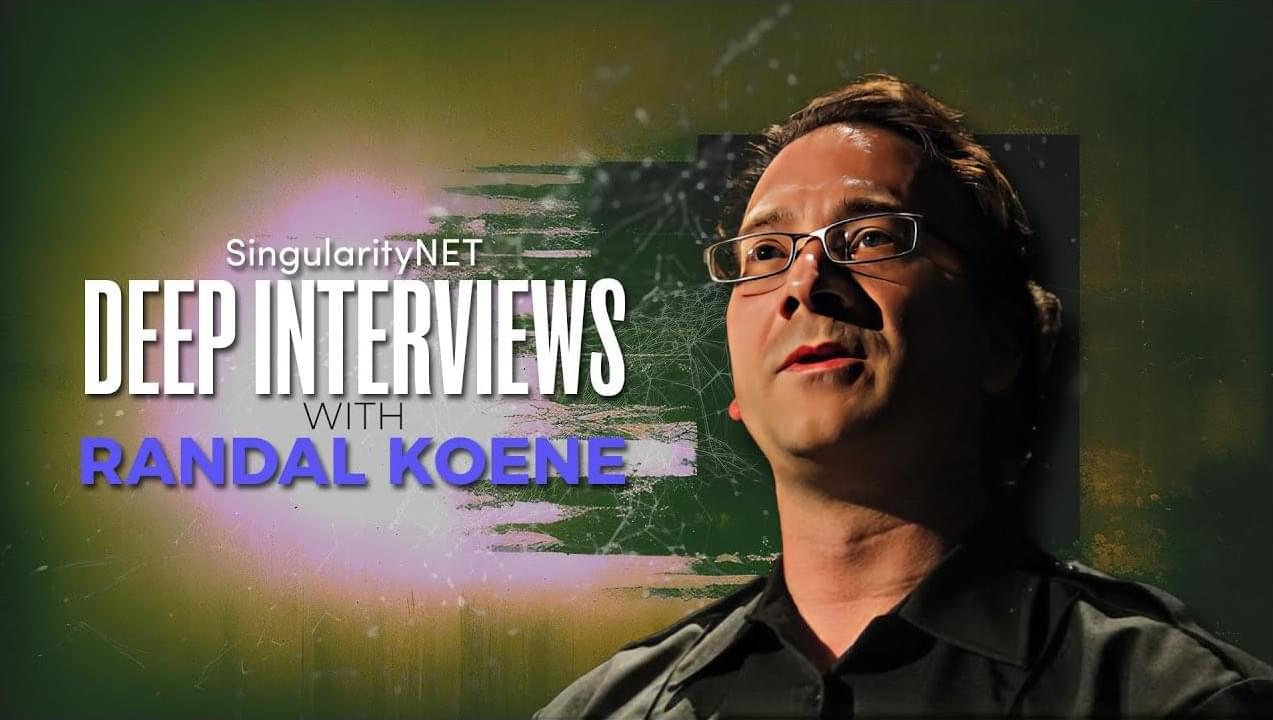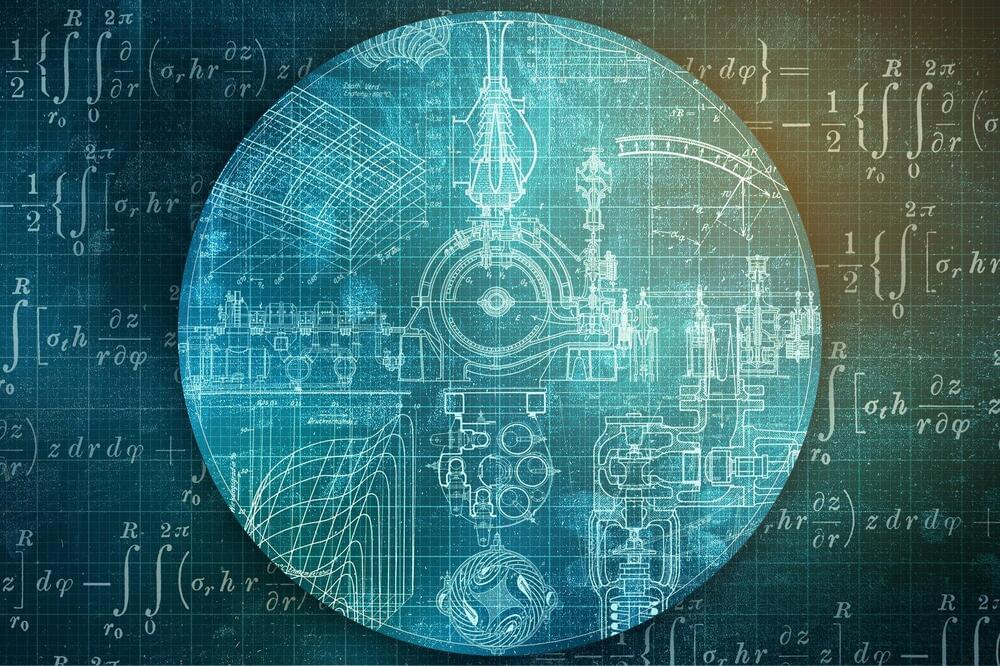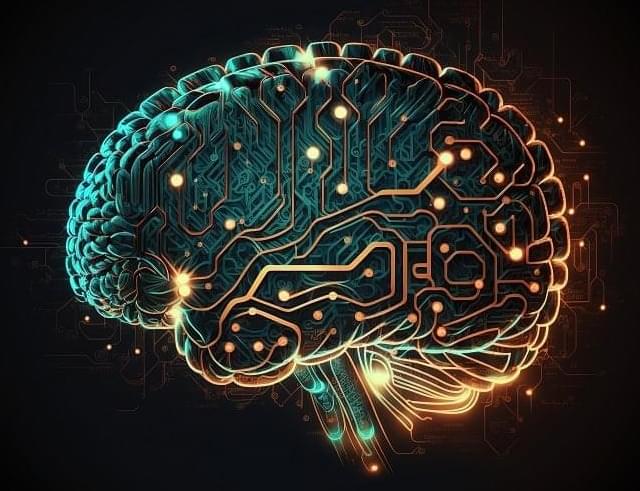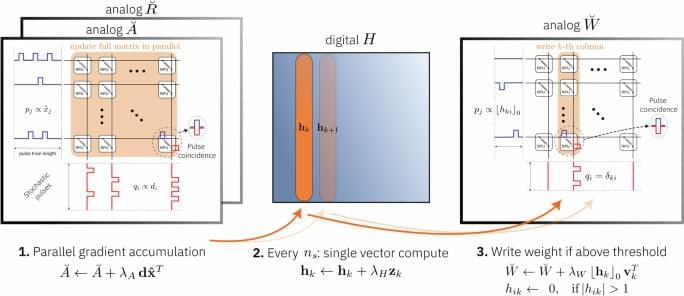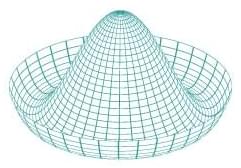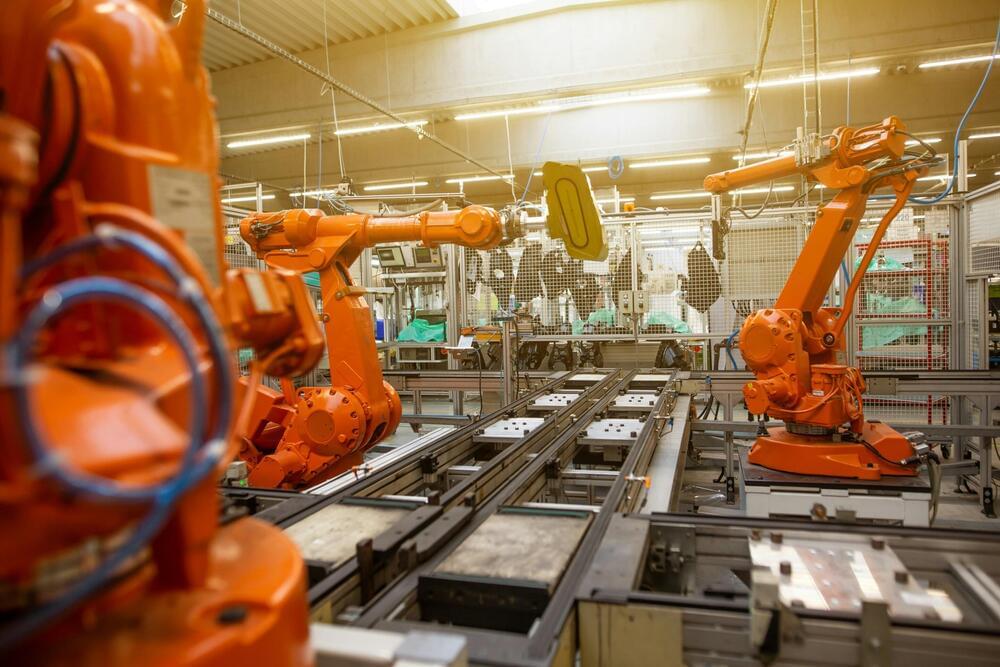Aug 24, 2024
The Ethics, Challenges, and Future of Whole Brain Emulation & AGI | Deep Interview with Randal Koene
Posted by Dan Breeden in categories: blockchains, ethics, information science, neuroscience, robotics/AI, singularity
Join Randal Koene, a computational neuroscientist, as he dives into the intricate world of whole brain emulation and mind uploading, while touching on the ethical pillars of AI. In this episode, Koene discusses the importance of equal access to AI, data ownership, and the ethical impact of AI development. He explains the potential future of AGI, how current social and political systems might influence it, and touches on the scientific and philosophical aspects of creating a substrate-independent mind. Koene also elaborates on the differences between human cognition and artificial neural networks, the challenge of translating brain structure to function, and efforts to accelerate neuroscience research through structured challenges.
00:00 Introduction to Randal Koene and Whole Brain Emulation.
00:39 Ethical Considerations in AI Development.
02:20 Challenges of Equal Access and Data Ownership.
03:40 Impact of AGI on Society and Development.
05:58 Understanding Mind Uploading.
06:39 Randall’s Journey into Computational Neuroscience.
08:14 Scientific and Philosophical Aspects of Substrate Independent Minds.
13:07 Brain Function and Memory Processes.
25:34 Whole Brain Emulation: Current Techniques and Challenges.
32:12 The Future of Neuroscience and AI Collaboration.
